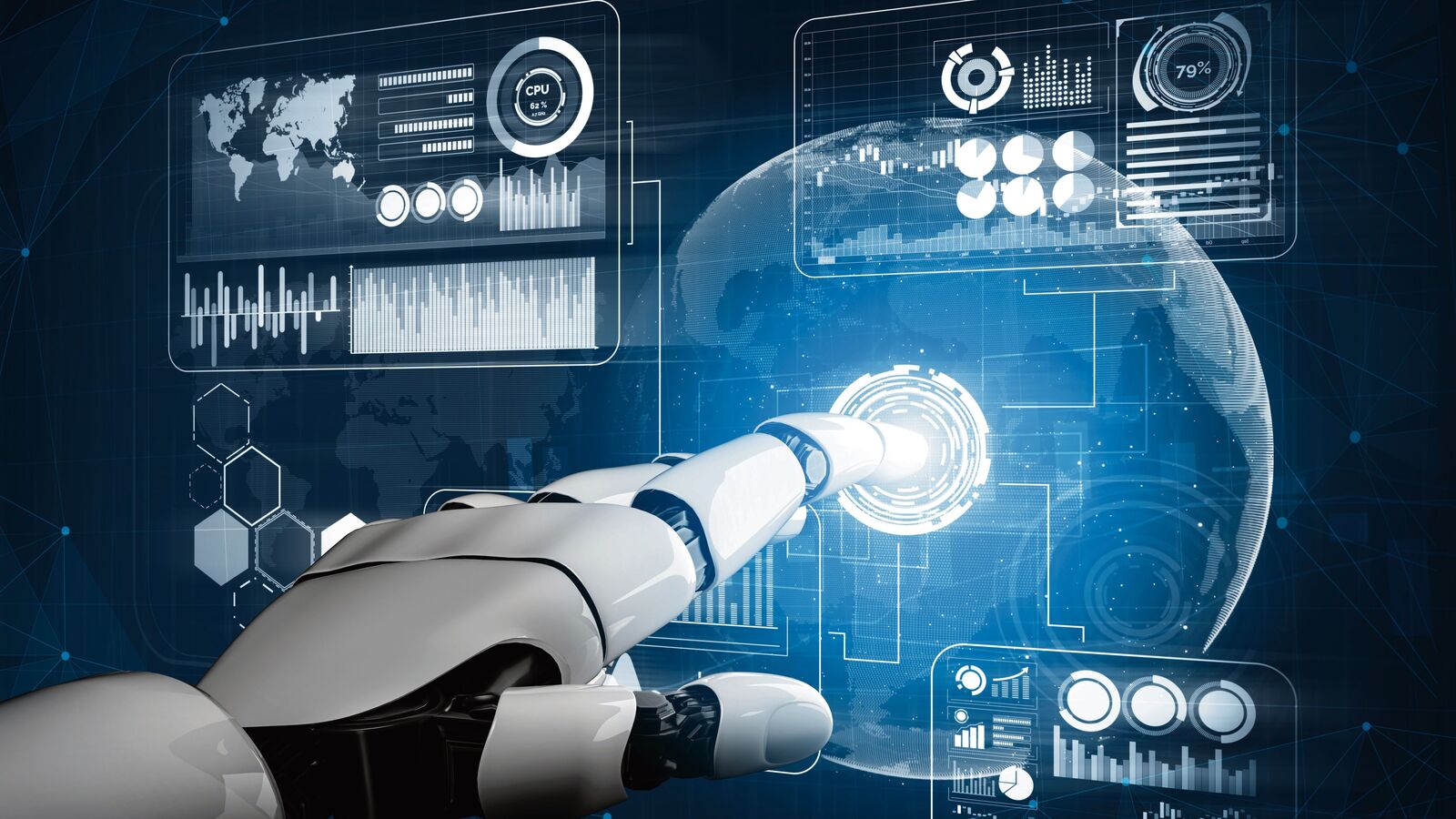I joined State Bank of India as a probationer, attracted by the stability offered by a government job in those times. My story is similar to that of thousands of Indians in the pre-liberalization era.
We have come a long way since then. The combination of a well-oiled academic system, a robust digital public infrastructure, massive entrepreneurial energy, and supportive government initiatives have positioned us well to thrive in an increasingly digital world.
Technology, connectivity and digital transformation have been pivotal in driving our growth story. India is home to one-fifth of the global population.
So, our socio-economic challenges need solutions at a population scale. Technology can fill the gaps in financial inclusion, create enduring impact, and help build solutions for India and the world.
India is already well on its way to becoming a global powerhouse with enviable talent, technology, innovation, and industrial capabilities. The ambitious goal of becoming a $10 trillion economy seems well within our reach—with technology, specifically artificial intelligence (AI), and talent being the key enabler.
The rise of AI: Today, as you know, one of the most transformative forces shaping society is AI. And to me, the convergence of AI and freedom challenges us to rethink what it means to be free in the digital age.
Envision a future where technology serves humanity, amplifies our abilities, and enhances our reach. A thought that often crosses my mind in August revolves around what our country will look like when we celebrate our 100th year of independence.
I couldn’t be happier to see the Government of India’s Viksit Bharat@2047 vision, with its central focus on making India a developed nation by the time we turn a century, be fulfilled.
It emphasizes economic growth, environmental sustainability, social progress and good governance as key pillars. And luckily for us, we already know AI can be the catalyst for not only accelerated growth but can be of great assistance to the other three pillars as well.
Across India’s farmlands, a quiet transformation is afoot. Agritech solutions powered by AI are empowering farmers to increase crop output and productivity by predicting the best time to sow seeds, warning of pest outbreaks and even optimising the use of water and fertilizers.
In the manufacturing sector, where exports are projected to hit $1 trillion by 2028, AI is poised to improve efficiencies across the value chain—whether that’s by accurately forecasting supply and demand to prevent over-stocking, or by inspecting thousands of products at scale to minimize defects.
In healthcare, where AI represents a $1 trillion opportunity, deep learning algorithms can help doctors detect and diagnose diseases earlier. With these and other use cases across industries, AI could soon become as ubiquitous as electricity.
Bridge the socio-economic divide: India may be one of the fastest growing economies in the world, yet millions of people across the country still lack access to basic services and opportunities. AI has the potential to help close these gaps.
Take healthcare, for example. In rural India, where medical infrastructure and trained clinicians are scarce, AI-based diagnostic tools like smart stethoscopes and portable blood analysers can be used even by laypeople to capture a patient’s health markers, and then transmit this data to remote doctors for diagnosis.
This will help ensure that people receive the care they need when they need it. Of course, for these applications to work, India’s digital divide must first be addressed.
Only by improving internet connectivity and smartphone access across marginalized communities can we begin to realize AI’s socio-economic benefits.
AI enables smarter governance: From smart traffic management and public safety controls to air pollution mitigation, the use cases for AI in governance are endless. New Delhi plans to use AI to synchronise and regulate traffic signals, so that there’s less congestion and faster vehicular movement.
Tamil Nadu hopes to roll out a smart street monitoring system to detect street light failures in real time. Meanwhile, e-governance platforms like the IndiaStack are poised to become more intelligent and customized for local communities through AI.
Digital India Bhashini, the country’s AI-led language translation platform, will soon use a WhatsApp chatbot powered by ChatGPT to disseminate information about government schemes and subsidies to the public in 12 languages. The possibilities of these initiatives are tremendous.
To scale up AI use across India in a way that’s meaningful and intelligent, greater public and private sector collaboration is essential. Businesses and governments must work together to incentivise AI research, reducing brain drain by retaining India’s AI talent, skilling for the AI age, keeping AI ethics front and centre by creating guardrails that root out algorithmic biases.
We hold the power of a once-in-a-generation technology in our hands. Used responsibly, AI could transform the lives of millions of Indians for the better. I, for one, am excited to be part of this change.
The author is CEO and chairperson, Salesforce India.
#India #land #virtually #limitless #possibilities






